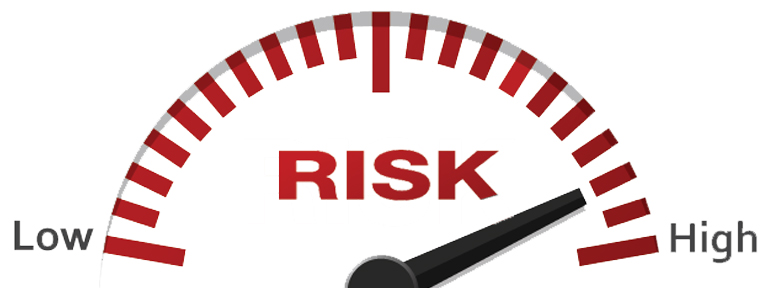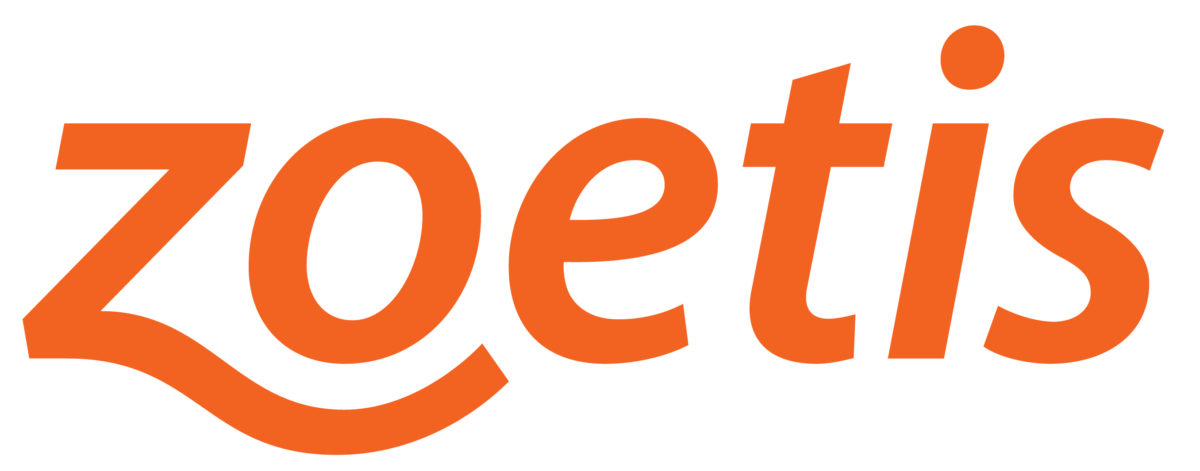
Prevention is the most cost-effective way to manage Johne’s disease.
It is far less expensive to block introducing Johne’s disease into a herd than it is to control or eradicate the infection once it creeps in and invisibly starts to spread.
It is imperative that you know both the test status of any animal you plan to buy or lease AND the test status of the herd of origin. Herd history and test status are particularly vital if you are buying young animals as they are too young to be reliably tested for a MAP infection.
General principles
- Buy as few herd replacements as possible from as few different herds as possible.
- Always insist on seeing the lab test results from the seller. Do not simply accept their word.
- Buy from test-negative herds: the more negative annual tests the lower your risk.
- Buy adult animals that have a long history of negative annual tests.
- Buy fawns or calves born to test-negative dams.
- Rely more on fecal PCR test results than on ELISA results on blood samples.

Principles put into practice
YOU pick your risk! Listed here are specific strategies to limit your risk for introducing MAP to your herd. This list starts with #1, the very best option, and goes down to the most risky practice.
- Prove your herd is not MAP-infected (see the certification page) and then keep a totally closed herd: no live animals come onto your property.
- Buy as few animals as possible and only buy them from herds that have at least 3 negative whole herd tests done using the fecal PCR (on individual or pooled samples). Ask to see the lab reports.
- Buy as few animals as possible and buy them from herds that have at least 1 negative whole herd test done using the fecal PCR (on individual or pooled samples). Ask to see the lab reports.
- Buy as few animals as possible and buy them from herds that have at least 1 negative whole herd test done using the ELISA on blood samples (on individual or pooled samples). Ask to see the lab reports.
- Buy as few animals as possible and buy goats born to a test-negative nanny: ideally tested by both fecal PCR and ELISA.
- Buy from reputable breeders buying from as few different herds as possible and from breeder who are well-informed about Johne’s disease.
Risky business!
If you for some reason cannot follow these guidelines or do not trust scientists you must assume you will buy MAP-infected animals. So, you must quarantine them and test these animals by both fecal PCR and ELISA (blood test) before adding them to your herd. And, you should have strong MAP control measures in place to limit the spread of MAP once it gets into your herd, because it probably will.

